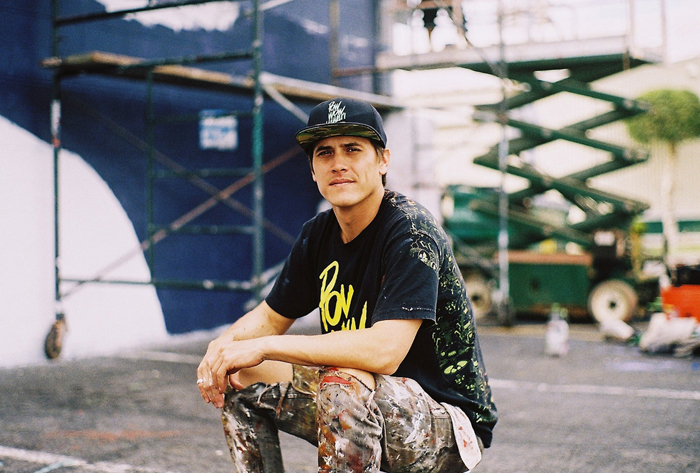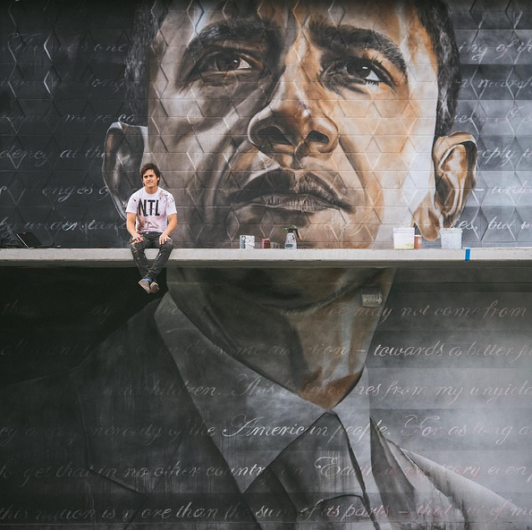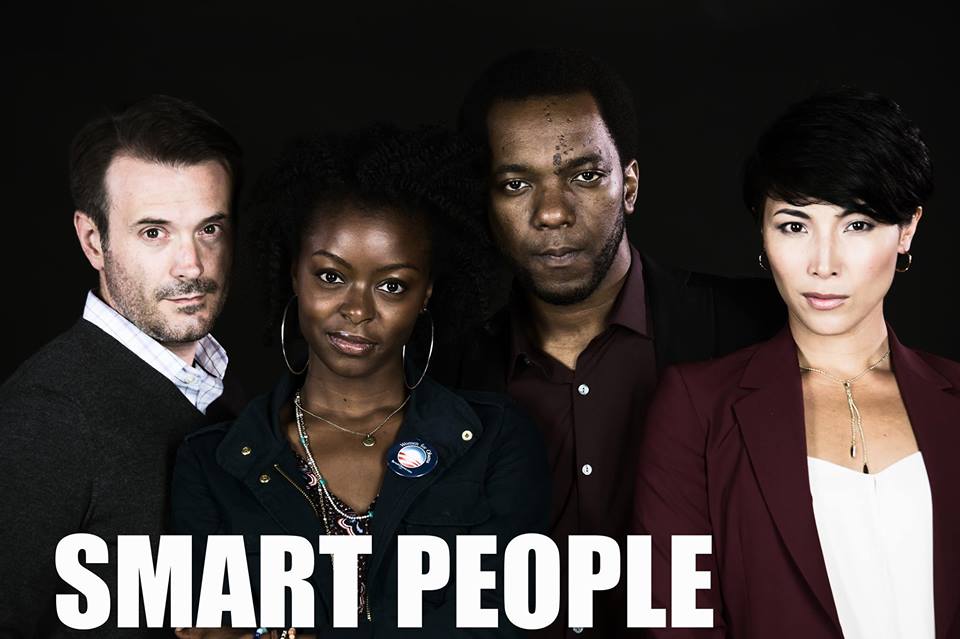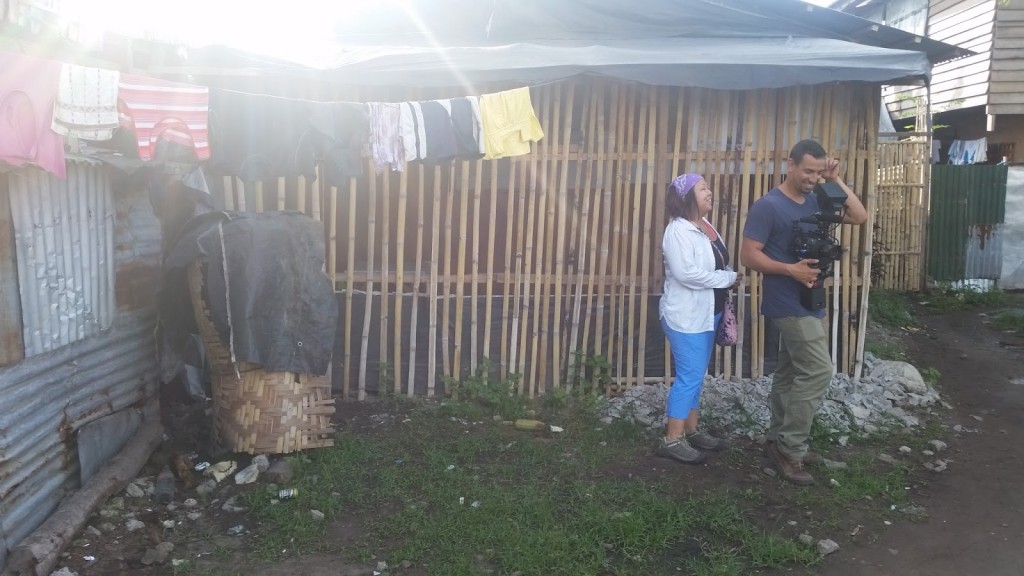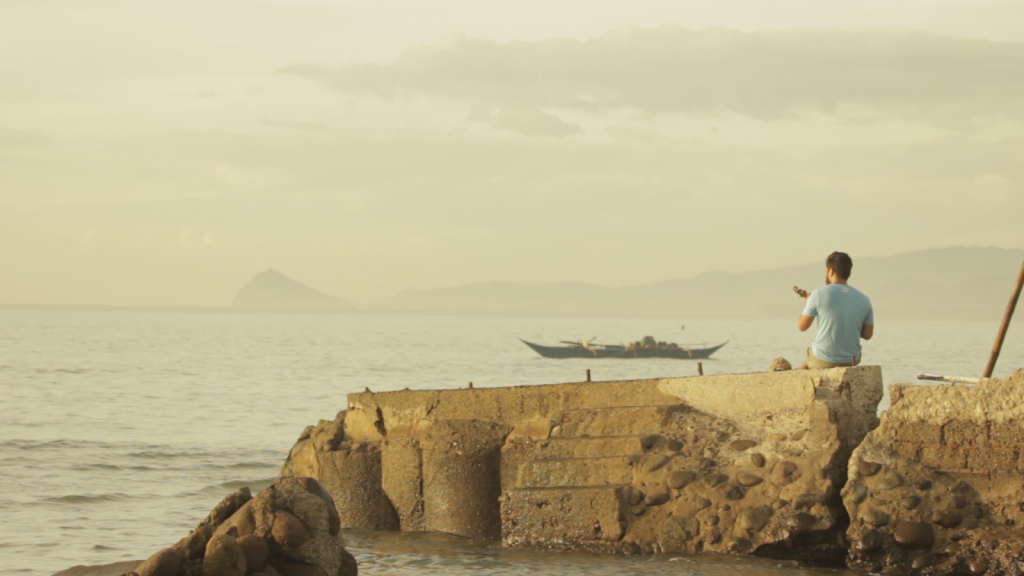Disney’s next animated film, Moana, is set to come out in theaters this Thanksgiving. Set thousands of years ago in Oceania, it tells the story of a young navigator and a demigod as they set sail across the ocean, in search of a fabled island. From the release of its first few trailers, anticipation is constantly growing for this beautiful looking film.
Recently, new casting announcements have been made public, and we’re excited about the sheer numbers of Asian and Pacific Islander actors in the cast (playing Pacific Islander and Pacific Islander inspired characters we might add). Here are seven of the biggest highlights from the cast of Moana:
1. Auli’i Cravalho
Auli’i Cravalho will be voicing the role of young heroine, Moana. A native of Oahu, she was the last person out of hundreds of women to audition for the role. She was originally hesitant to try out for the film, assuming that someone better was bound to be found from the numerous audition videos posted on YouTube, only to catch the attention of a casting agent, while singing at a charity competition. Moana marks Cravalho’s film debut.
2. Dwayne Johnson
Dwayne Johnson will be starring alongside Cravalho as demigod and fellow navigator, Maui. Also known by his ring name “The Rock,” he first gained attention as a renowned wrestler in the WWE. While semi-retired from professional wrestling, Johnson has also made a name for himself as an actor, appearing in films such as The Mummy Returns, San Andreas, and a number of the Fast and Furious films.
3. Jemaine Clement
Jemaine Clement provides the voice of the crab, Tamatoa. He is best known for being one half of the New Zealand comedy band, Flight of the Conchords, and has a history of working alongside Moana co-writer Taika Waititi, having previously worked together in comedy and theatrical productions. Clement’s previous acting credits include roles in Waititi’s Eagle vs Shark, Despicable Me, Men in Black 3, and recently in The BFG.
4. Rachel House
Rachel House will be voicing Moana’s grandmother, Gramma Tala. A familiar face to the big screens of New Zealand, she made her film debut as Shilo in the Sundace award-winning film, Whale Rider. Much like Clement, she has also worked with Waititi several times in the past, performing in films of his such as Eagle vs Shark, Boy, and the recent hit, Hunt for the Wilderpeople. House is also an acting coach, as she worked a lot with the younger actors of Boy and Hunt for the Wilderpeople on perfecting their performances.
5. Temuera Morrison
Temuera Morrison will be voicing Tui, Moana’s father and chief of their tribe. Another familiar face to New Zealand, he made a splash with his performance in the hit film, Once Were Warriors. On the more mainstream front, he may be best recognizable for playing Jango Fett and the clones in the Star Wars prequel trilogy. He can most recently be seen in the film, The Patriarch; an adaptation of Witi Ihimaera’s novel, Bulibasha: King of the Gypsies.
6. Nicole Scherzinger
Nicole Scherzinger will be playing the voice of Moana’s mother, Sina. In the past, she has guest appearances in TV shows such as How I Met Your Mother and My Wife and Kids. She played Maureen in RENT at the Hollywood Bowl and will soon be seen in the TV movie remake of Dirty Dancing. Scherzinger is best well known on the music front as a member of the former girl group, “The Pussycat Dolls.” She can be next seen as a returning judge on the UK’s The X Factor reality TV competition series.
7. Phillipa Soo
It is currently unknown who Phillipa Soo will be playing in Moana, but hopefully that detail will be revealed with time. She is best known for originating the role of Elizabeth Hamilton in the hit Broadway musical, Hamilton (which earned her a Tony nomination earlier this year). She will next be starring in the musical, Amélie, starting next year. While Soo’s onscreen credits remain limited, she has made appearances in the musical series, Smash.
![]()
